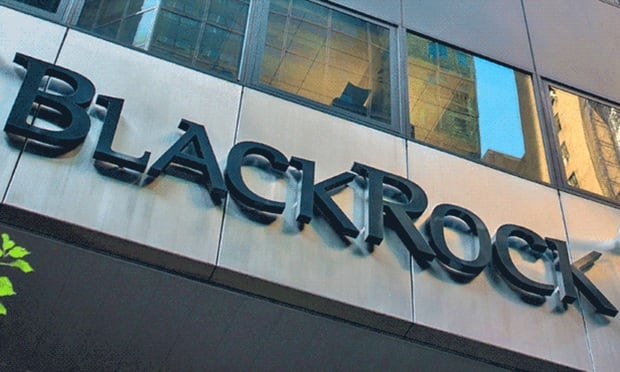 When employers manage and provide flexible work environments, employees can build an atmosphere in which they can best work long-term and feel fulfilled. (Photo: Shutterstock)
When employers manage and provide flexible work environments, employees can build an atmosphere in which they can best work long-term and feel fulfilled. (Photo: Shutterstock)
Right now, it is difficult to predict how the workforce landscape will look post-COVID-19. The pandemic caused many organizations to quickly adjust as employees transitioned to work from home and adopted a new work environment almost instantly – especially if there were no existing remote work policies in place.
As our society and the economy adapts to the "new normal," companies must determine what their workforce will look like long term as they are facing different a business environment, employee preferences and safety measures. Employers need to address how to re-engage their employees and make sure they feel like their concerns are addressed. Being proactive in these discussions and executions will help set companies apart and retain talent.
Related: What are the most desirable attributes in a remote workforce?
The transition to remote work was unprecedented for many employees and companies. However, as the option to return to the physical workplace becomes viable post-COVID, that does not necessarily mean everyone is ready to return. Many may have enjoyed the flexibility that arises from working remotely and would like that to continue. Others who work in shared office spaces, ride busy elevators or use public transportation may not be as comfortable with the increased social interactions. Companies that quickly recognize that working from home is an option that many employees may prefer will increase their overall success in talent management.
There are a lot of factors for employers to consider when deciding what the future will look like for their workforce. While some employees will be content working from home, there are others who are ready to return to the workplace for more social interactions, better productivity and efficient tools and facilities. For those who choose to incorporate remote working with traditional work environments, they will need to rethink their procedures. For example, per social distancing guidelines, meetings in conference rooms may need more distance between chairs and eating in the cafeteria will need processes that encourage limited interactions. Added safety precautions may be needed such as daily temperature checks and sanitization stations. Either work environment will require additional HR resources to help employees manage their preferences and adjust to the newfound settings.
Regardless of how a company's workforce looked like pre-COVID, post-COVID will be different. When employers manage and provide flexible work environments, employees can build an atmosphere in which they can best work long-term and feel fulfilled. Allowing them to personalize how they chose to work long-term based on their changing needs will help them feel valued by their employer.
A new work environment means a new work culture. As some companies found their footing, they were able to shift to focus on HR initiatives like virtual employee happy hours to safely connect with everyone. This new culture looks much different than it did before and will need to be redefined with impact of COVID. Many employees may feel disconnected from their employer, especially if there were layoffs and/or furloughs at the company. A virtual setting can inhibit communication as there are not as many "face-to-face" interactions.
Additionally, the work culture and workload may have shifted in a remote setting. It is important to recognize how employees feel and focus on re-engaging everyone on what it means to belong to your organization. Finding any pain points and enhancing the culture will encourage employees to stay committed and engaged with the company while sharing similar values and priorities. This will need to be an important and ongoing part of your talent acquisition and retention strategy.
The post-COVID workforce will be a transition for both the employer and employees. Ensuring any company news is well communicated, timely, and addresses the needs of employees and their families, will ease stress and uncertainty and help make the transition to their new environment smoother.
As employers are redeveloping their culture there is an opportunity to recognize and evaluate if there are any additional needs that their human resource information system cannot solve. Providing new solutions to address previous issues might be welcomed as employees are already adjusting to new workflows. For example, having different communication channels based on worker preferences, such as a mobile-first approach, can make it easy to reach everyone regardless of their location for important updates about benefits, socially distant guidelines to deal with stress management. Finding a solution that is flexible can encourage engagement and increase employee satisfaction.
The landscape with COVID-19 requires employers to take responsibility to strengthen their workforce culture. For this, HR personnel will need to be stronger than before with a thorough understanding of the changing landscape. Any gap, whether in culture or communication, must be addressed and resolved as everyone adjusts to a new normal. Helping employees recognize that their employer cares about them through personalized options takes talent retention to the next level. Being flexible with the new work environment will be crucial to building employee loyalty with engagement in the future company brand and culture.
Dinesh Sheth is CEO of Green Circle Life.
© Touchpoint Markets, All Rights Reserved. Request academic re-use from www.copyright.com. All other uses, submit a request to [email protected]. For more inforrmation visit Asset & Logo Licensing.






